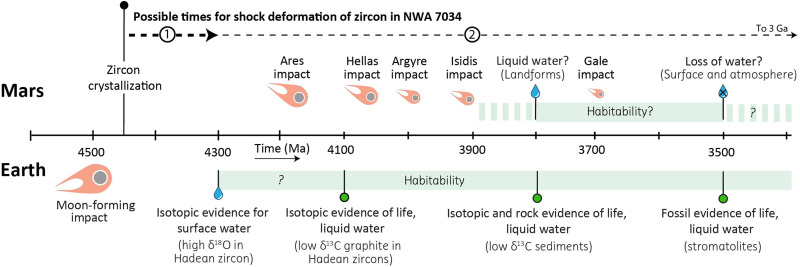Fig. 5. Schematic timeline showing the impact history and evolution of habitability on Earth and Mars.
Timeline of geological events and habitability markers on early Mars (above) and Earth (below). Selected Martian cratering events shown represent large impacts, many formed after ~4.0 Ga; fireball size indicates relatively larger or smaller impact events/craters [e.g., (32–34)]. The presence of shock-deformed zircon confirms that ancient Martian material was altered by impact deformation from complex impacts (>20 GPa). The most likely times for the zircon shock deformation event are indicated at the top of the figure and include (A) >4.3 Ga before a prolonged period of thermal and impact quiescence recorded in NWA 7034 (29) and (B) before the exponential decay of the global impact flux after 3 Ga (42). References for other features shown: geological landforms on Mars, evidence of water at the surface, and subsequent loss of habitability on Mars [e.g., (2, 3, 9, 43)]; liquid water on Earth (44–46); graphite in zircon (47); low δ13C sediments (48); and early stromatolites (49).

